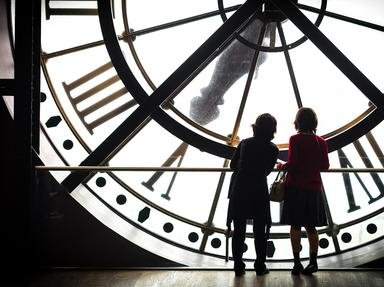
The Shortest FunTrivia Quiz ever written
With a quiz requiring ten questions, you can't get by with any less than 20 letters - one for each question and one for each match answer. I've done just that: Match the SI unit to the symbol for the quantity it measures. (Question 4 is a lowercase L).
A matching quiz
by WesleyCrusher.
Estimated time: 6 mins.